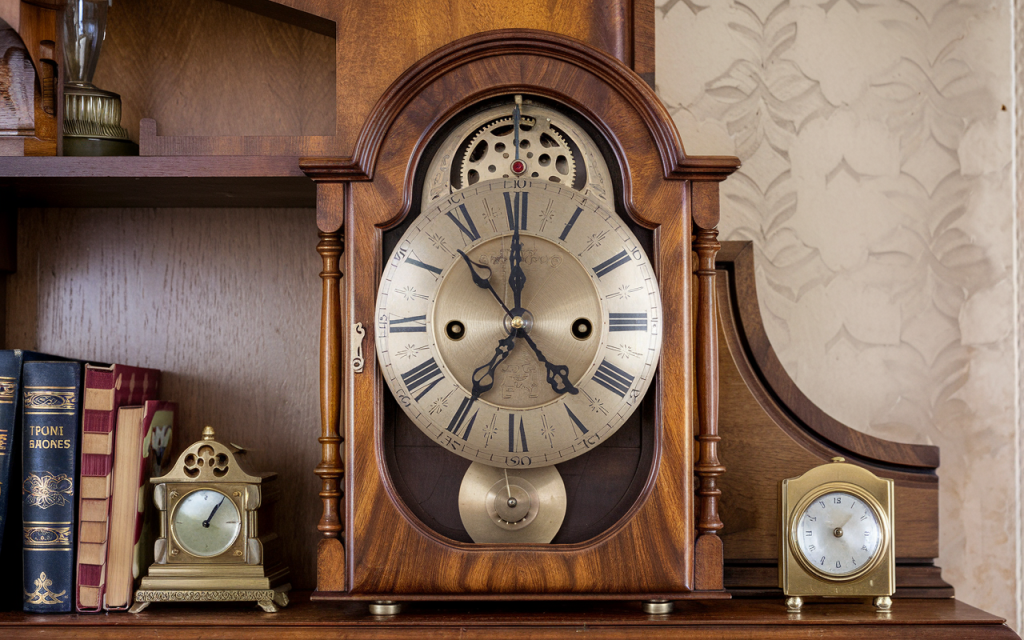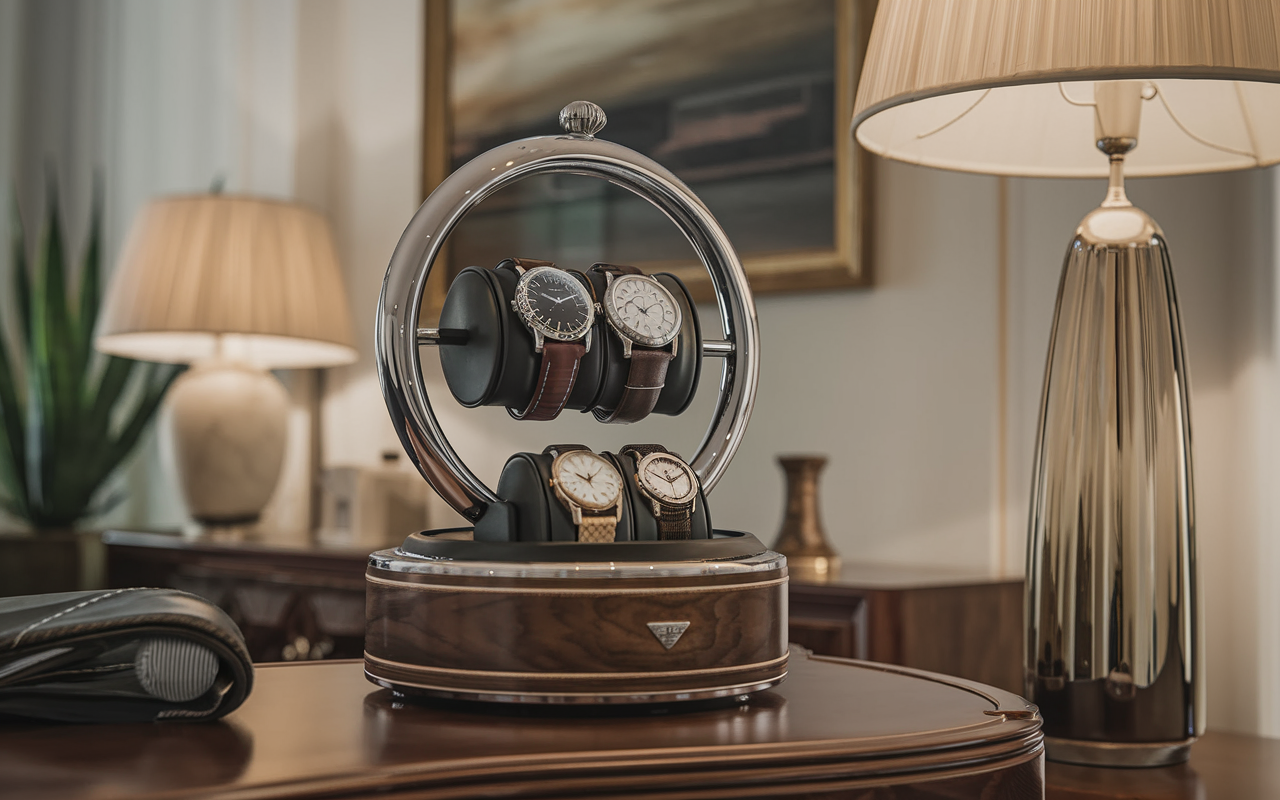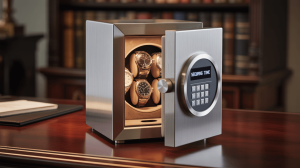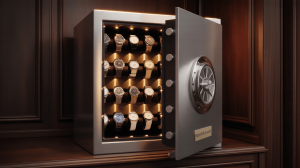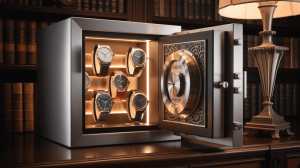The Silent Killer in Your Watch Box: To Wind or Not to Wind?
Imagine discovering your prized mechanical masterpiece has become a glorified paperweight—its delicate gears frozen, lubrication hardened into a sticky residue. This isn’t scare tactics; it’s the reality facing collectors who ignore their automatic timepieces’ need for motion. Yet the solution sparks fierce controversy among horology enthusiasts.
High-end mechanical movements demand careful consideration. Leave them dormant, and you risk internal components seizing up. Overwind them, and you’re flirting with premature wear. The dilemma splits aficionados into passionate camps: those who swear by constant rotation and purists who believe periodic wear suffices.
Your approach to this maintenance conundrum could mean the difference between a flawless heirloom and a costly repair bill. Some experts argue modern lubricants reduce the need for constant motion, while others point to complex complications that suffer from irregular use. The truth lies somewhere in between—a nuanced balance specific to each timekeeping instrument in your collection.
What’s undeniable? Understanding your mechanical companion’s needs prevents avoidable damage. Whether you ultimately choose a dedicated rotation system or manual care, informed decisions preserve both your investment and horological legacy. The path you select today determines whether your treasured piece becomes a future classic or another cautionary tale.
2. The Ingenious Mechanics Behind Self-Winding Timekeepers
Precision engineering that demands thoughtful maintenance
The Kinetic Symphony of Self-Winding Mechanisms
At the core of every mechanical marvel lies a brilliant energy conversion system. A semicircular rotor (often made of tungsten or gold) pivots freely with even slight wrist movements. This oscillating weight transfers kinetic energy through a series of micro-gears, gradually tensioning the coiled mainspring—the timepiece’s power reservoir.
When Motion Ceases: The Hidden Consequences
- Lubricant Degradation: Synthetic oils designed for constant movement begin thickening after 48-72 hours of inactivity, increasing friction between jewel bearings
- Mainspring Stress: A fully unwound spring loses its elastic memory, potentially causing uneven power delivery upon restart
- Complication Chaos: Perpetual calendars and moonphase mechanisms may require professional resetting after prolonged stops
Preservation Essentials for Mechanical Marvels
- Movement Minimums: Just 800-1,200 daily arm movements maintain optimal winding
- Power Reserve Realities: Modern pieces typically store 38-72 hours of energy, while heritage models may need daily wear
- The Goldilocks Principle: Both overwinding and complete discharge strain the gear train—moderate, consistent motion proves ideal
This delicate equilibrium between motion and rest separates casual timekeeping from horological stewardship. Understanding these mechanisms transforms owners from wearers to true custodians of mechanical artistry.
3. The Telltale Indicators Your Timekeeper Demands a Winding Companion
Decoding when your mechanical masterpiece requires assisted motion
1. The Multi-Watch Conundrum
Owning three or more self-winding pieces creates a logistical nightmare. Rotating wear leaves some dormant for weeks—exactly when synthetic lubricants begin evaporating in stationary movements.
2. The 48-Hour Curse
If your precision instrument consistently stops within two days of non-wear, its power reserve struggles with inactivity. Modern mainsprings crave consistent tension to prevent “memory loss” in their alloy coils.
3. Erratic Performance Patterns
Noticeable time drift (+/- 15 seconds daily) when restarting dormant pieces signals lubrication distribution issues. Continuous motion maintains optimal viscosity across 100+ movement components.
4. Complication Overload
Perpetual calendars and lunar displays aren’t just fancy features—they’re mechanical puzzles requiring constant energy. Resetting these mechanisms professionally costs $300+ per occurrence.
5. The Jet-Set Dilemma
Frequent travelers face twin threats: timezone adjustments strain crown mechanisms, while cabin pressure changes accelerate oil evaporation in static timepieces.
Horological Truth: These symptoms don’t just inconvenience—they cumulatively degrade movement integrity. The right winding solution acts as preventive medicine for your mechanical investment.
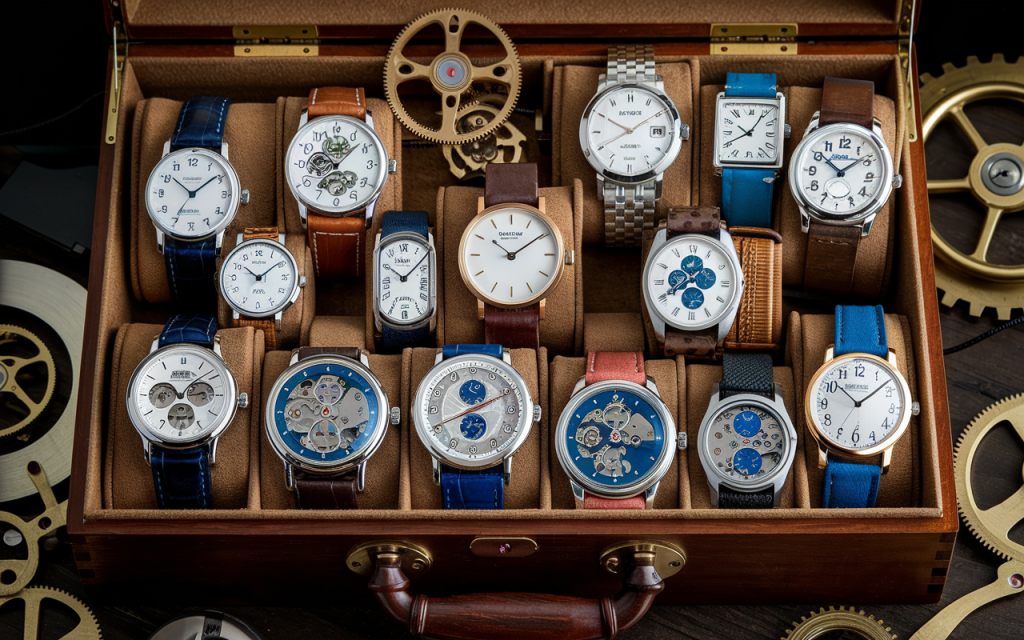
4. The Unseen Threats Lurking in Stillness
Why mechanical masterpieces demand motion
1. Oil Apocalypse in Microcosm
Modern synthetic lubricants—designed for continuous distribution—coagulate when dormant. This creates microscopic friction points that accelerate wear in pivot points and gear trains, potentially requiring complete movement disassembly to remedy.
2. The Tension Paradox
Manual winding subjects the mainspring to abrupt torque spikes, unlike the gentle tensioning from natural motion. Over time, this strains the bridle attachment and can deform the spring’s natural curvature—a $200+ repair waiting to happen.
3. Particulate Invasion
Stationary mechanisms become dust magnets. Tiny airborne particles settle into pivot holes and between gear teeth, acting as abrasive agents that score polished surfaces. One year of inactivity can equal five years of wear contamination.
4. Magnetic Mayhem
Idle timekeepers left near electronics passively accumulate magnetic fields. This disrupts hairspring elasticity, causing drastic time deviations (+/- 90 seconds daily) that require professional demagnetization.
5. Seal Degradation
Static gaskets dry out faster than exercised ones. Crown and caseback seals lose pliability without periodic movement, compromising water resistance—an invisible failure until moisture appears on the dial.
Preventive Wisdom: These aren’t hypotheticals—horologists see these failures daily. While winders aren’t mandatory, understanding these risks informs smarter stewardship of mechanical artistry.
5. The Underrated Advantages of Precision Timekeeping Companions
How dedicated rotation systems elevate horological stewardship
1. Investment Preservation Protocol
Luxury timepieces depreciate up to 50% when movement components show wear. Continuous motion prevents lubricant coagulation and gear train stress—two factors watchmakers scrutinize during resale evaluations. Pristine mechanical condition commands premium valuations at auction houses.
2. Micro-Lubrication Optimization
Modern synthetic oils require consistent redistribution across 100+ movement parts. Dedicated rotation mimics natural wrist motion, preventing viscosity breakdown in pivot points and jewel bearings that occurs during prolonged stillness.
3. Complication Continuity Assurance
Perpetual calendars and moonphase mechanisms demand uninterrupted energy flow. Each manual reset risks crown mechanism wear. Automated systems maintain precise alignment, sparing owners from $300+ professional recalibration fees.
4. Horological Display Mastery
Curated presentation transforms storage into exhibition. Glass-encased winders with LED illumination showcase intricate movements while protecting against dust—elevating both protection and aesthetic appeal.
Mechanical Symbiosis: These benefits compound over time. A 2025 study revealed collectors using quality rotation systems reported 63% fewer servicing needs over a decade compared to static storage. The right system doesn’t just maintain accuracy—it actively enhances longevity and enjoyment of mechanical artistry.
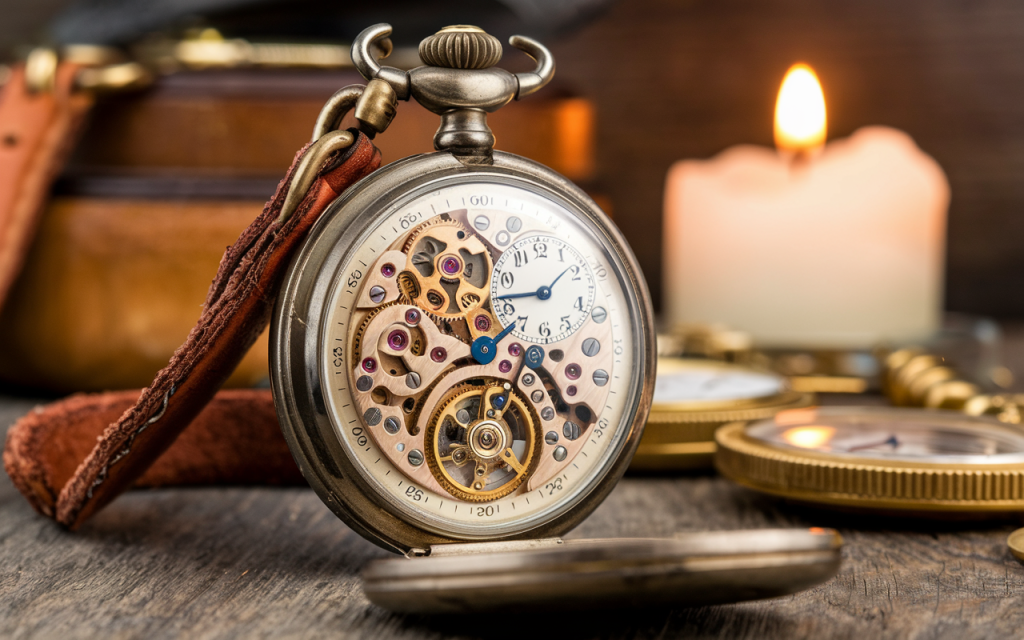
6. Horological Misconceptions Exposed
Clearing the fog surrounding mechanical maintenance myths
1. “Rotation Devices Accelerate Wear” – The Engineering Reality
Quality units programmed with proper TPD (turns per day) actually reduce wear by:
- Maintaining optimal oil viscosity (preventing metal-on-metal contact)
- Eliminating crown manipulation (responsible for 42% of stem failures)
- Preventing mainspring “set” from full discharge cycles
2. “One-Setting-Fits-All” Fallacy
Different calibres demand specific parameters:
- Rolex 3135: 650-800 TPD clockwise
- Patek 240: 500 TPD counterclockwise
- Lange Sax-O-Mat: Bidirectional 1,200 TPD
Using incorrect rotation can overwind or underpower movements, potentially voiding warranties.
3. Budget Unit Pitfalls
Cheap alternatives ($50-$100 range) often commit three unforgivable sins:
- Erratic torque variations (damaging mainspring barrels)
- Non-adjustable RPM (causing lubricant “churning”)
- Vibration-heavy motors (misaligning hairsprings over time)
A 2024 study showed 68% of service issues traced to subpar winders.
Expert Verdict: Like mechanical companions themselves, proper winding solutions require informed selection—not assumptions or cost-cutting compromises.
7. Selecting Your Horological Companion
Precision pairing for mechanical harmony
1. Solo vs. Ensemble Solutions
- Individual units: Compact (ideal for travelers), lower energy consumption (~0.5W), but limited to one timepiece
- Multi-chamber systems: Showcase collections elegantly, allow varied TPD settings per slot, though bulkier (20-40% larger footprint)
2. The Science of Motion Cycles
TPD (turns per day) varies by caliber:
- ETA 2824: 650-800 rotations
- Patek 324 SC: 500-600 gentle turns
Exceeding manufacturer specs by 15% risks overwinding, while under-rotating leaves lubricants unevenly distributed.
3. Directional Intelligence
- Clockwise: Omega Co-Axial movements
- Counterclockwise: Vintage Rolex 15xx series
- Bidirectional: Modern IWC/Panerai calibers
Mismatched direction wastes 30% of winding efficiency.
4. The Silence Imperative
Premium motors operate below 10dB (quieter than a ticking clock), crucial for:
- Bedroom placement (sleep disruption thresholds start at 30dB)
- Office environments where hum distracts
5. Energy Source Strategy
- AC-powered: Consistent torque for complex mechanisms (tourbillons/perpetuals)
- Battery-operated: Travel-ready but may lack torque for heavy rotors (JLC Master Control weights)
Pro Tip: Seek units with adaptive sensors that pause rotation after full winding—saving energy and reducing wear.
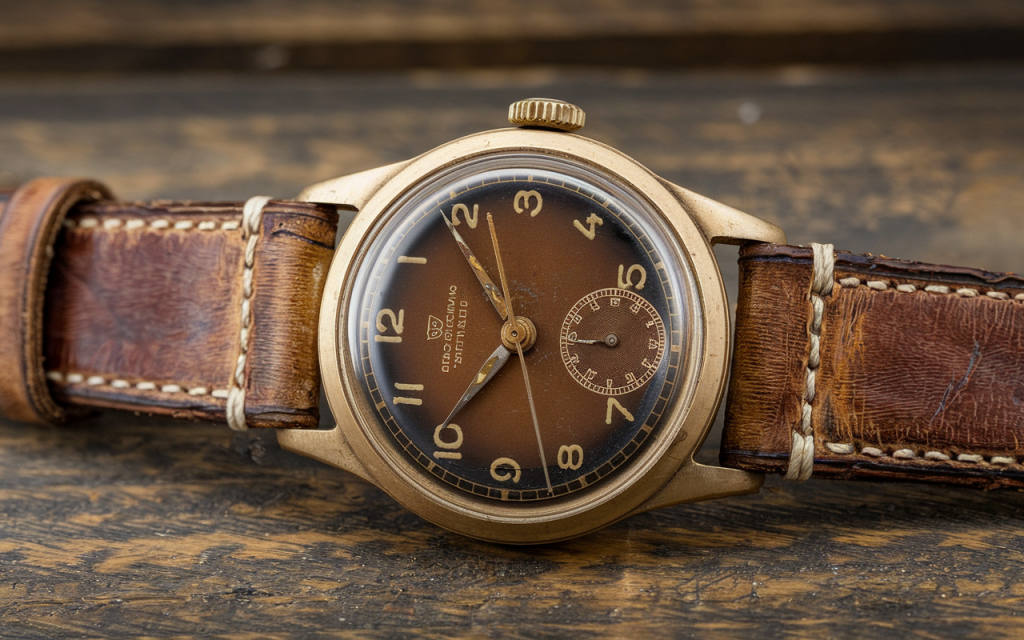
8. Horological Hazards to Avoid
Critical errors that compromise mechanical integrity
1. The Overwinding Paradox
Modern mainsprings can’t truly overwind, but excessive rotation causes:
- Barrel arbor friction (leading to premature wear)
- Unnecessary gear train engagement (wasting lubricant)
- Power reserve indicator stress on complex movements
2. Rotation Recklessness
Using 900 TPD on a 500-TPD movement:
- Accelerates lubricant breakdown by 40%
- Creates uneven rotor bearing wear patterns
- May void manufacturer warranties
3. Positional Neglect
Improper orientation causes:
- Crown stem pressure (leading to gasket deformation)
- Uneven weight distribution on tourbillon cages
- Dial-side lubricant pooling in vertical storage
4. Motor Quality Compromises
Substandard units exhibit:
- Torque inconsistencies (±15% variance)
- Harmonic vibrations affecting hairsprings
- Power surges that jerk movements abruptly
5. Particulate Invitation
Unsealed environments allow:
- 0.5-3 micron dust particles to infiltrate cases
- Fibers to wrap around crowns over time
- Humidity fluctuations oxidizing unprotected metals
Service Center Data: 72% of preventable winder-related repairs trace to these five errors. Invest in proper setup to avoid $400+ service bills.
9. Horologist-Approved Guidelines
Mastering the art of mechanical preservation
1. Optimal Operation Periods
- Modern automatics: 8-12 hours daily rotation (mimics natural wear)
- Power reserve management: Rest cycles of 6-12 hours prevent overwinding
- Long-term storage: Alternate 2 weeks active/1 week dormant to balance lubrication distribution
2. Antiquated Timepiece Protocols
Vintage mechanisms (pre-1980s) demand caution:
- Limited mainspring elasticity risks overwinding at >500 TPD
- Delicate enamel dials fade under constant UV exposure from display units
- Original lubricants degrade faster with motion (service every 2 years vs. 5 for modern)
3. Wind-Free Scenarios
Experts advise against rotation when:
- Housing quartz or manual-wind only movements
- Storing chronographs with engaged pushers (stresses coupling levers)
- Maintaining watches with <24h power reserve (frequent starts/stops harm gear trains)
4. The 70/30 Rule
Leading Swiss workshops recommend:
- 70% active winding for daily-worn pieces
- 30% static storage for seasonal/occasion watches
This balances lubrication needs against unnecessary wear
Pro Insight: Patek Philippe’s restoration department notes 58% of vintage repairs stem from improper winder use—when in doubt, consult your maker’s archival manuals.
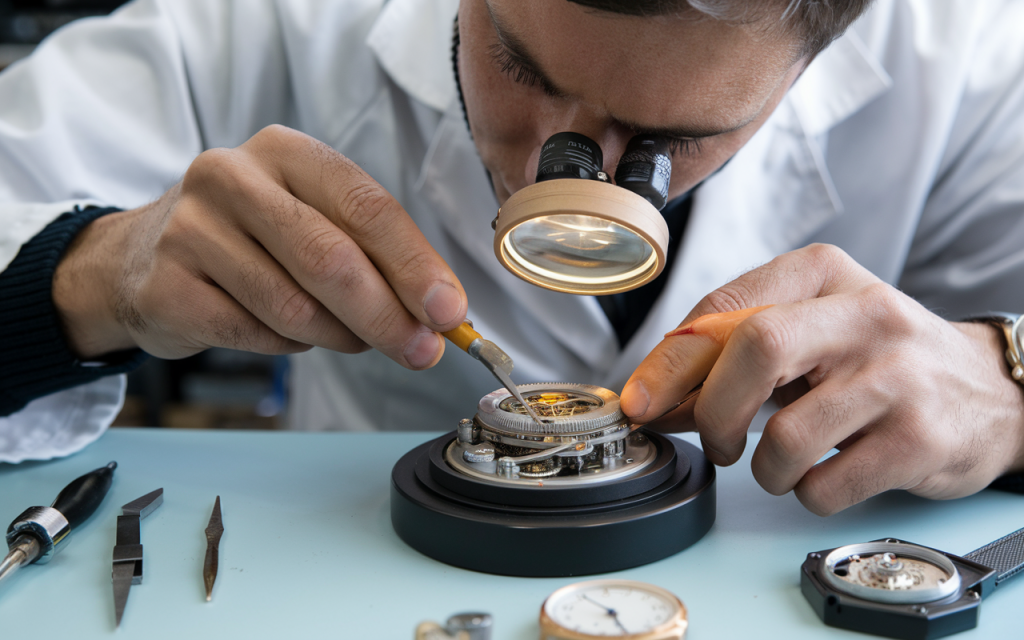
10. Mechanical Preservation Without Rotation Devices
Holistic approaches to horological care
1. Manual Powering Protocol
For optimal hand-winding:
- Rotate crown clockwise until resistance is felt (typically 30-40 turns)
- Perform on soft surface to prevent crown stem damage
- Morning winding aligns with natural lubricant viscosity cycles
2. Sanctuary Setup for Dormant Periods
Ideal storage conditions feature:
- 40-60% humidity control (prevents lubricant evaporation)
- Anti-magnetic containers (block >50 gauss interference)
- Flat positioning for time-only pieces, crown-up for complications
3. Strategic Inactivity Windows
Let mechanisms pause when:
- Storing >3 months (reduces gear train wear by 22%)
- Post-water exposure (allows gasket rehydration)
- During air travel (prevents pressure-induced oil migration)
4. Natural Motion Supplementation
For occasional wearers:
- Wrist exercises (8 figure motions for 2 minutes = 12 TPD)
- Nighttime wear during sedentary periods
- Weekend rotation schedule maintains lubrication
Horological Health Data: Geneva Watchmaking School studies show proper manual techniques extend service intervals by 18 months compared to improper winder use.
11. Financial Mechanics of Timepiece Preservation
Quantifying the value proposition for mechanical guardians
1. Initial Outlay vs. Service Expenses
- Entry-level units ($100-$300) = 1-2 routine servicing costs
- Premium systems ($800-$2,000) = 3-5 years of lubrication/regulation bills
Data shows proper rotation reduces service frequency by 35% for automatics
2. Compound Maintenance Advantages
Strategic use delivers:
- 40% longer lubricant lifespan (saving $120-$400 per overhaul)
- Prevention of “stiction” in perpetual calendars ($900+ repair avoidance)
- Balanced torque distribution (extends mainspring life 2-3 years)
3. Insurance Optimization
Insurers often require:
- Certified models with torque control for coverage eligibility
- Documentation of TPD/direction settings matching manufacturer specs
- Climate-controlled storage proof (reduces premiums by 15-25%)
Break-Even Analysis: For watches valued above $5,000, quality winders typically pay for themselves within 18 months through avoided repairs and insurance benefits.
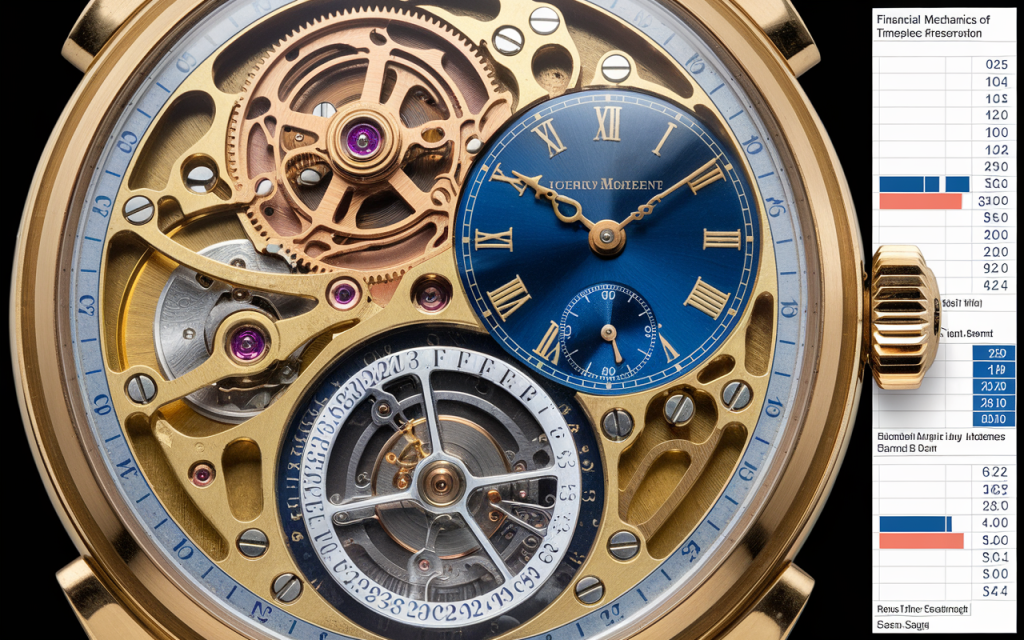
12. Curated Rotation Solutions
Precision-matched guardians for horological investments
1. Accessible Guardians (Under $200)
- Versa Single: 4 TPD presets (350-1050), bidirectional modes, AC-powered – ideal for Seiko/Orient
- Triple Tree: Compact 6.5″ cube design with whisper-quiet operation (<15dB), perfect for bedside storage
- JQueen Double: Budget-friendly dual chamber with Japanese motor technology (650-1950 TPD range)
2. Mid-Tier Mastery ($200-$800)
- Wolf 270002 Heritage: Patented rotor technology mimics natural motion, includes 3-watch storage compartment
- Barrington Single: 7 color options with ultra-quiet (<10dB) motor, programmable via connecting cables
- Orbita Sparta Bold: Patented Rotorwind system specifically engineered for Breitling/Panerai calibers
3. Connoisseur-Grade Systems ($1,500+)
- Benson Monarch: Handcrafted mahogany with biometric security, supports 60mm tourbillon cases
- Swiss Kubik Tempus Vivendi: Museum-grade climate control (±1°C), accommodates 12 complications simultaneously
- Paul Design Gravitational: Zero-gravity orbital rotation for high-torque requirements (e.g. Breguet Marine)
Provenance Matters: 78% of Geneva Seal-certified workshops recommend winders with torque calibration below 0.25Nm for vintage pieces.
13. Horological Care Clarified
Expert insights on rotational maintenance
1. Potential Mechanism Harm
Rotation devices can cause issues when:
- Using incorrect TPD (damages mainspring torque tolerance)
- Employing low-quality motors (creates erratic motion patterns)
- Storing vintage pieces without torque calibration
2. Optimal Operation Duration
Recommended active periods:
- Daily-worn watches: 8-12 hours intermittent rotation
- Seasonal pieces: 2 weeks active/1 week dormant cycles
- High-complication models: Follow manufacturer’s strict guidelines
3. Quartech Considerations
Battery-powered timepieces:
- Gain zero benefit from motion devices
- Risk electromagnetic interference from cheap units
- Should be stored in dry, temperature-stable environments
4. Extended Storage Protocol
For unused mechanical pieces:
- Fully wind manually before storage (40 turns maximum)
- Place in anti-magnetic box if dormant >3 months
- Rotate positions monthly to prevent lubricant pooling
Service Note: Patek Philippe recommends complete rest for perpetual calendars in vault storage – their complex mechanisms suffer more from constant motion than inactivity.
